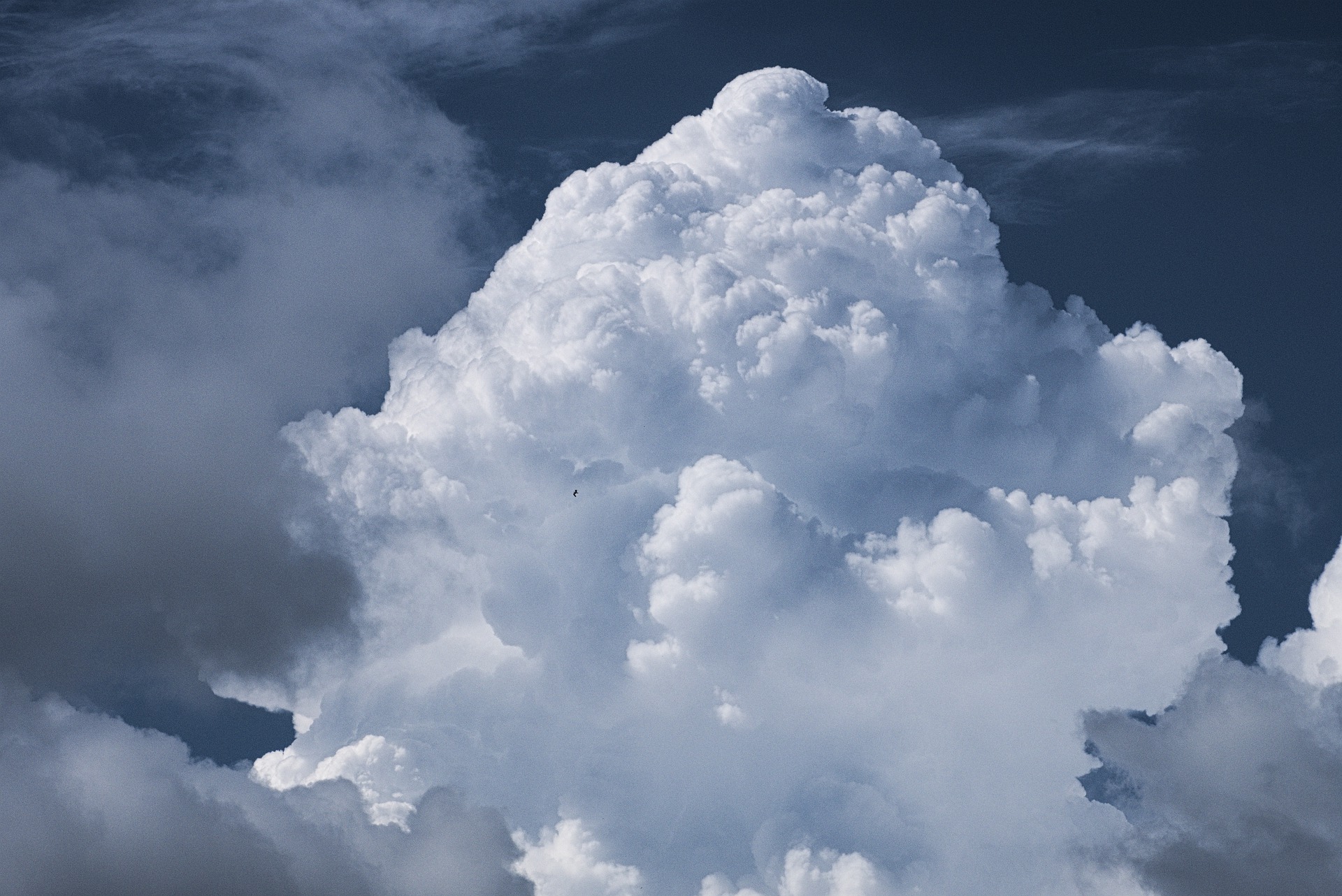La Nina 2020/21: A summer of flooding instead of fires?
In January 2011, then Queensland premier Anna Bligh surveyed the damage in the tiny town of Grantham in Queensland's Lockyer Valley and dubbed it an "inland tsunami".
It was evocative language which vividly widespread devastation the likes of which few in living memory had experienced. And the Lockyer Valley was far from the only area which was drenched in the soggy summer of 2010/2011, in which 33 people in Queensland lost their lives.
This was also the summer of Cyclone Yasi, one of the strongest cyclones ever to hit Australia, as well as the Brisbane floods, in which 20,000 homes and numerous businesses were inundated.
Ultimately, it was all due to one of the strongest La Niña events on record in Australia - as a pool of extremely warm water in the far western tropical Pacific contributed to increased humidity and rainfall over large parts of the country.

Countless records or near-records were set in the summer of 2010/11, including:
- The spring of 2011 was the wettest on record for Australia.
- 2010 was Australia's third-wettest calendar year on record.
- 2011 was Australia's second-wettest calendar year.
- The months of September 2010, December 2010 and March 2011 were the wettest on record
- 2010 had the wettest 'dry' season on record in northern Australia. (Tellingly, parts of northern Australia have also been abnormally wet this dry season.)
- 2011 was also Australia's coolest year in a decade - a result of increased cloud cover reducing daily maximums.
- The period from April 2010 to March 2012 was Australia's wettest two-year period on record (this reflects the fact that there were actually two distinct La Niña events within two years, the first from July 2010 to May 2011, the second from October 2011 to March 2012).
So what can we expect this summer?
The Bureau of Meteorology officially declared a La Niña on Tuesday, which means the strong likelihood of a wet summer across large parts of Australia, as well as the potential for increased tropical cyclone activity.
Every La Niña is different, so it's impossible to know exactly where or when severe wet weather or tropical storms will strike.
But we know beyond doubt that such conditions are more likely than usual until at least the end of the year, and possibly until autumn, which is when most La Niñaevents tend to peter out.
So while the La Niña of late 2020/21 could be bad news for some, it might also be welcome relief to Australiañs firefighters after the Black Summer of 2019/20.